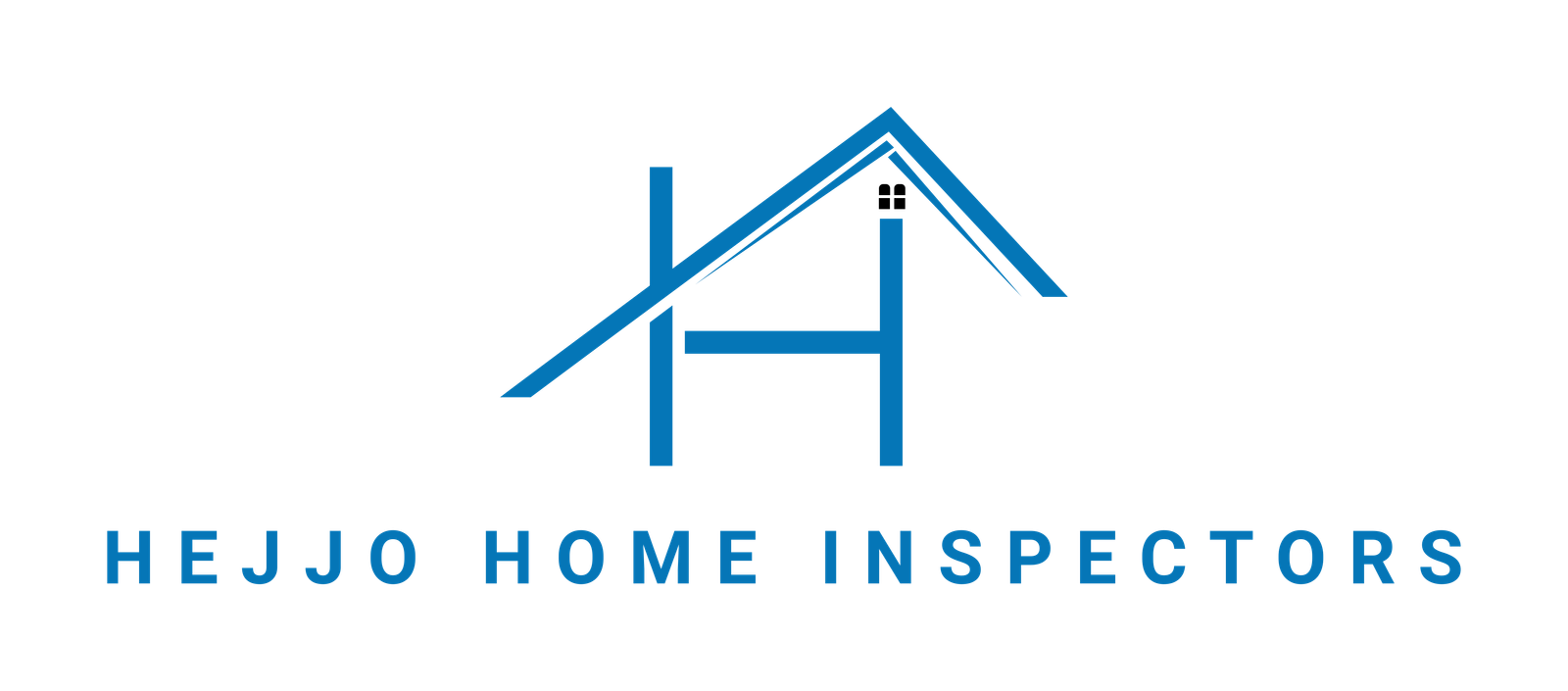Burnaby is in the middle of a comprehensive zoning bylaw rewrite, the first full replacement of its development regulations since 1965. The city is responding to a combination of new provincial housing legislation and its own long-term planning priorities under the Burnaby 2050 Official Community Plan, which is expected to be adopted later this year. Together, these reforms are reshaping land use regulations across the city, with significant implications for what can be built in the city, where, and under what conditions. As Vancouver’s neighbour and part of the Metro Vancouver regional district, these changes could have broader impacts beyond the city, as well.
The process began in late 2023, and major changes are already in effect as of mid-2024. The remaining components of the rewrite, including full implementation of new residential and commercial zones, will be rolled out through the rest of 2025.
Citywide Multiplex Zoning
One of the most immediate changes came with the creation of the R1 Small-Scale Multi-Unit Housing (SSMUH) District. Adopted by Council on June 10, 2024, and taking effect as of July 1, this district replaced all previous low-density residential zones in Burnaby with a single, unified zoning designation.
Under R1 SSMUH, standard residential lots throughout the city now allow between three and six units, depending on lot size and proximity to transit. Lots smaller than 280 square metres allow up to three units, while those 280 m² or larger may have up to four. On lots within 400 metres of frequent transit, including SkyTrain stations and major bus routes, up to six units are permitted. These changes were made in direct response to provincial housing legislation passed in late 2023, which requires municipalities to legalize three to six units on previously single-family lots.
Burnaby’s approach goes beyond the minimum requirements by applying uniform regulations across the city. Former zones such as R2, R4, and R9 are no longer in effect, and development under the new R1 rules no longer requires rezoning.
Transit-Oriented Density and Parking Reform
Another major change concerns areas near rapid transit. In line with provincial directives, Burnaby has designated Transit-Oriented Areas (TOAs) where mid- and high-rise residential development must be permitted as-of-right. These areas are defined by a 200-metre radius for mid-rise (8 storeys) and a 400-metre radius for high-rise (20 storeys) development, measured from designated transit hubs.
As of late 2024, the city has removed residential parking minimums within TOAs, consistent with provincial legislation. This applies to new development near major SkyTrain stations and key bus corridors. The goal is to reduce development costs and support transit use, but it also removes a long-standing constraint on project form and feasibility in these zones. In addition, municipalities are no longer permitted to hold public hearings for residential developments that comply with the Official Community Plan, streamlining approvals further.
Shift to Height-Based Zoning
In October 2024, Burnaby approved a shift from floor area ratio (FAR) rules to height-based zoning. This was formally implemented in June 2025 with new R2 to R8 residential zones and two mixed-use zones, CM1 and CM2. These zones regulate buildings by height, setbacks, and site coverage instead of floor area limits, aiming to simplify approvals and provide more clarity on what can be built.
The new districts are gradually replacing older RM and C zones. Until the Burnaby 2050 Official Community Plan is adopted later this year, some properties will still follow legacy designations, but full alignment is planned.
Burnaby 2050 and Ongoing Integration
Burnaby’s Official Community Plan is being updated in parallel with the zoning rewrite. A full draft of the Burnaby 2050 plan was released in April 2025, including new land use designations for all properties, updated development permit guidelines, and revised policies on mobility, infrastructure, and climate adaptation.
The OCP is expected to be finalized in late 2025. Once adopted, it will serve as the basis for all future land use decisions, including zoning, subdivision, and infrastructure investment. It will also clarify how neighbourhood-level policies and growth targets apply under the city’s new regulatory framework.
With the multiplex permissions now in effect across all residential neighbourhoods, the removal of parking minimums in transit areas, and the introduction of a new height-based zoning framework, Burnaby’s development environment is changing. These changes are being phased in over two years, from mid-2024 through late 2025, and will fully align with the Burnaby 2050 Official Community Plan once adopted.
Anyone involved in land use planning or development in Burnaby will need to account for the new zoning structure, upcoming OCP land use designations, and ongoing adjustments to amenity funding and servicing standards. The implications vary by site, but the direction is citywide: more units, more height, and fewer procedural barriers in areas targeted for growth.
